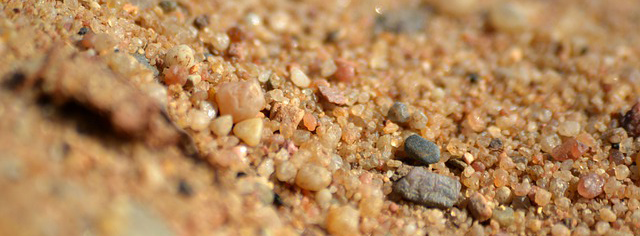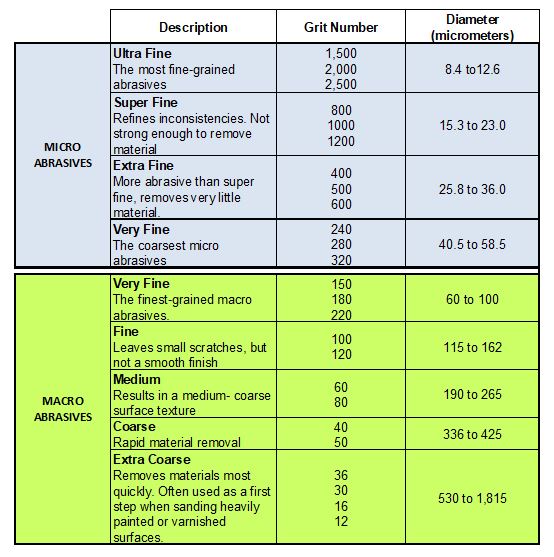Getting Grit Right
Posted by The Team at 2Sand.com on 06 10 2020
Every sanding task begins with the decision of what grit to use. We recently talked about the sanding procedure, moving from a more coarse grit to a finer one as you sand. We’ve also discussed that quality in an abrasive product matters, from the consistency of the grit to the backer and adhesive used to mount the abrasive. We thought that we’d talk a bit about what you should know about grit caliber, or the grit numbers if you like.

Grit is essentially a rating of the size of abrasive material used to create a sanding product. A basic rule of thumb is that the lower the caliber, the larger the individual grains will be; conversely, a higher number grit will be made from finer grains. For example, 80 grit sandpaper is made from large grains and removes material quickly and coarsely. 400 grit sandpaper is made from finer grains, removes a small amount of material and leaves a smoother surface.
Back when some of the older trades people on our team started out, abrasive product packaging just had grit numbers. Although they may not have known it, the grit numbers were determined by the Coater Abrasives Manufacturer’s Institute (CAMI) Scale. At some point, craftspeople began to notice that sometimes the packaging was labeled “120 Grit”, and sometimes it said “P120 Grit”. This was the introduction of the Federation of European Producers of Abrasives (FEPA) Scale to the American market. The capital “P” in front of the grit number indicated that it was the FEPA Scale. The FEPA Scale is similar to, but not exactly the same as, the old CAMI Scale. Understandably, this could get a bit confusing.

The good news is that shopping for abrasives today is once again simple. All abrasive products now use the FEPA scale and the “P” has been dropped for good, so you can count on your purchases being the same grade every time. As you can see from the chart above, abrasives are graded by the size of the particles being used. This grading can largely be divided into “Macro” and Micro” abrasives, and further divided into coarse, medium and fine categories to help you choose the best sanding grit for your need. This chart can get you started and help you find the right level of abrasive for your industry and specific task.
